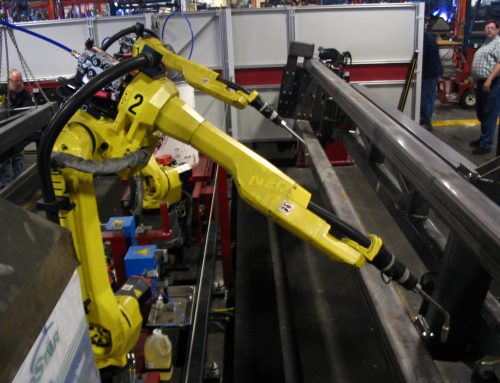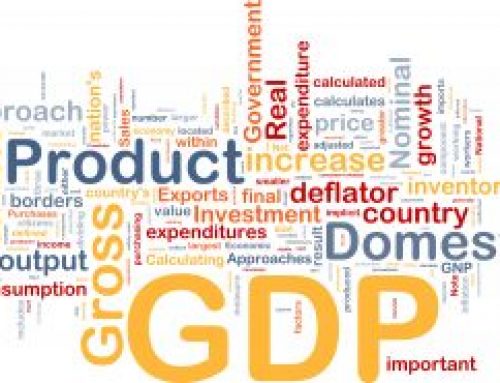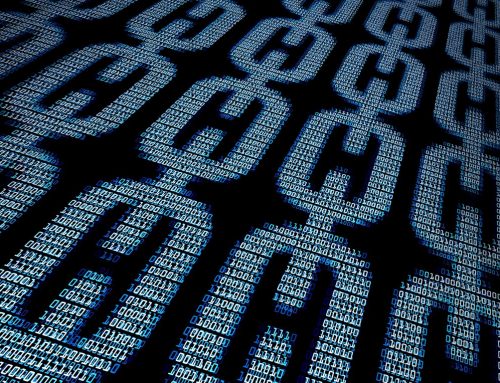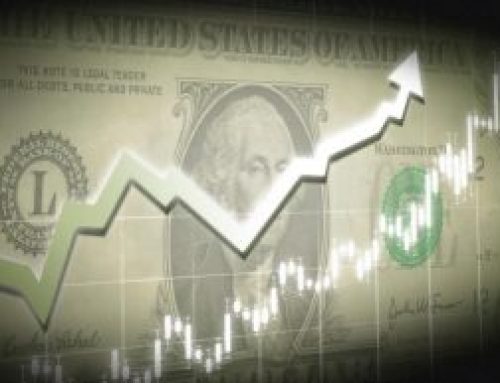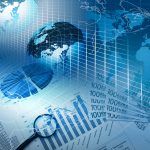 The Fed faces a difficult challenge in the years ahead. Unemployment is at historic lows, inflation has been flat, and growth is on the upswing. These all sound like positive economic indicators, and they are. It’s the sustainability and the longer-term health of the economy that complicates the picture.
The Fed faces a difficult challenge in the years ahead. Unemployment is at historic lows, inflation has been flat, and growth is on the upswing. These all sound like positive economic indicators, and they are. It’s the sustainability and the longer-term health of the economy that complicates the picture.
Tax cuts, government spending, and upward trends in growth globally have pushed GDP expectations to 2.7% this year and 2.5% next year. To maintain that level of growth, employers will have to search harder for workers in an already tight employment market. In addition, they may have to pay higher wages to keep up with production, creating upward pressure on wage inflation. Inflation has been stable, but is expected to rise, particularly if unemployment remains low.
The Fed’s goals are to keep prices stable, interest rates moderate, and maintain full employment. Keeping those three economic factors in balance requires careful fine tuning—and a willingness for a trade-off, which might be coming. To keep inflation low, the Fed seeks to raise unemployment to a more sustainable level of 4.5% by raising the short term interest rate to around 3%, from 1.5% currently. However, they must tread carefully. Raising interest rates makes it more difficult for consumers and business to borrow money to buy homes or sustain or increase business production, all of which could trigger a recession. The trade-off in this situation could be higher inflation and the Fed will have to decide the path they wish to tread. Stay tuned.

